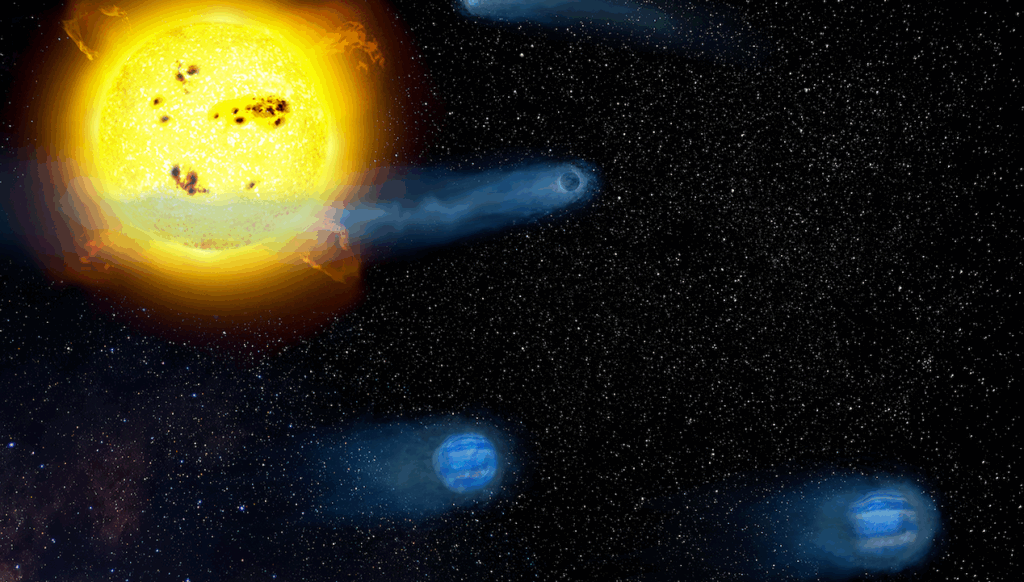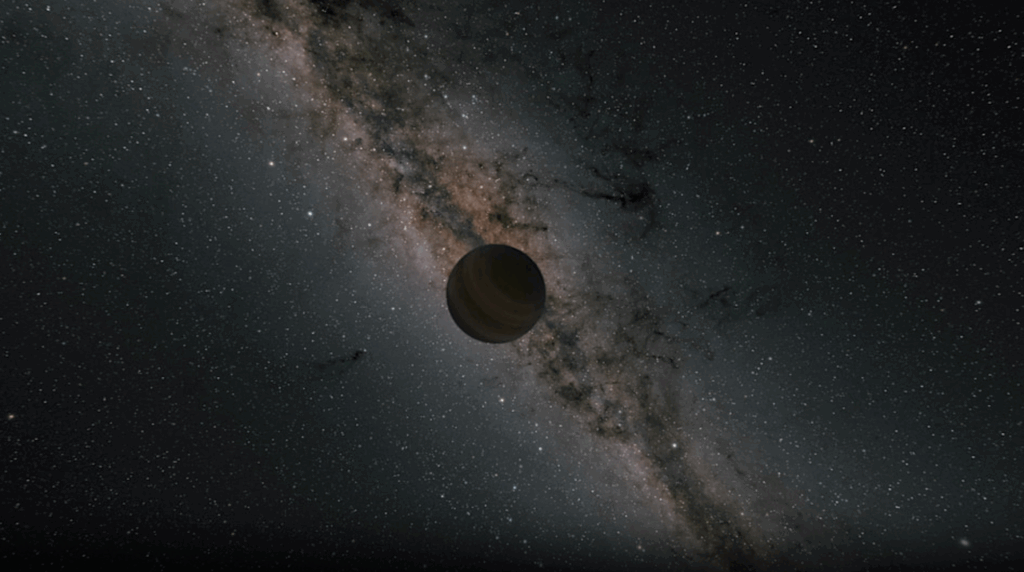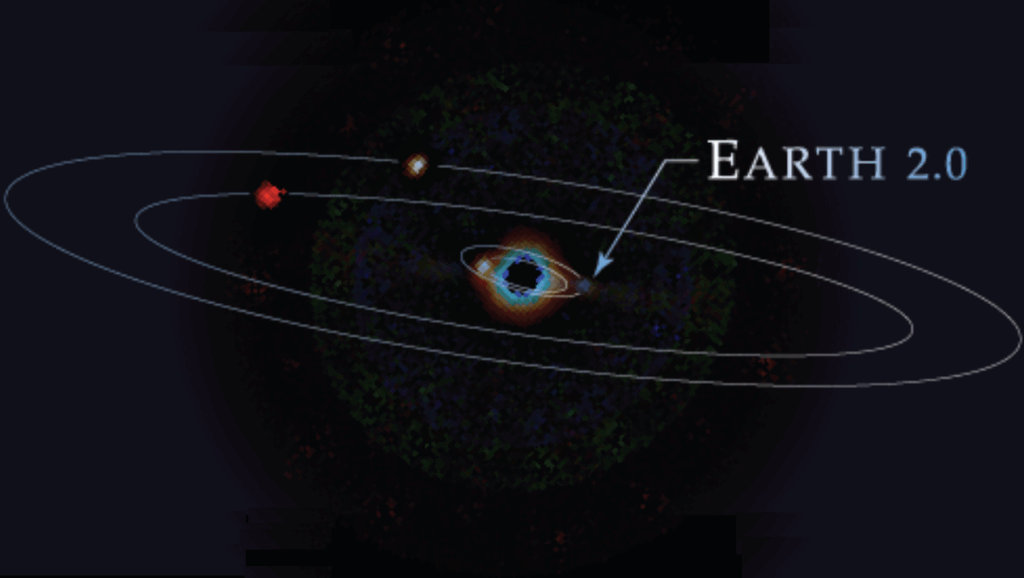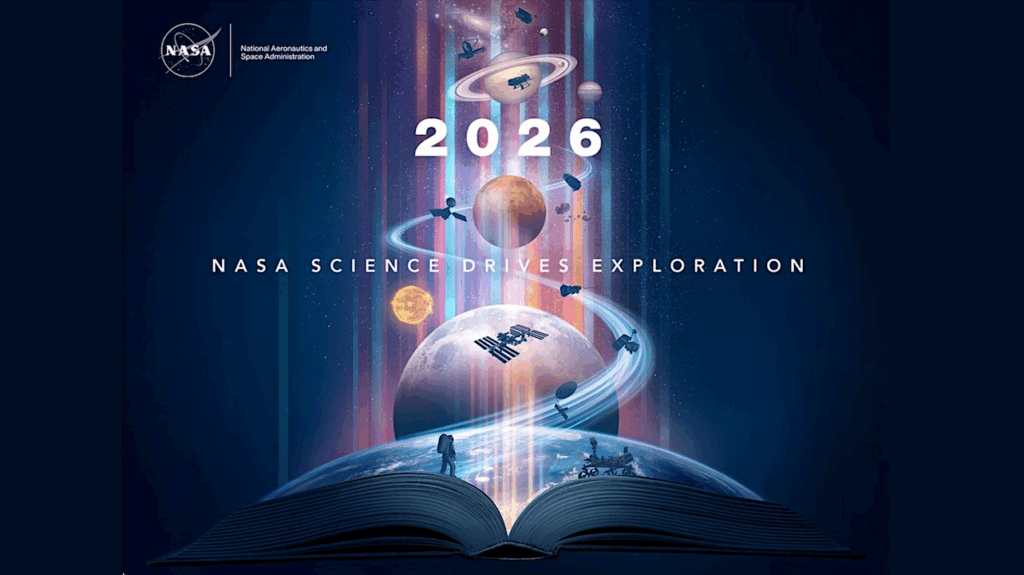Has The Dust Clump In The Debris Disk of Beta Pictoris Moved?
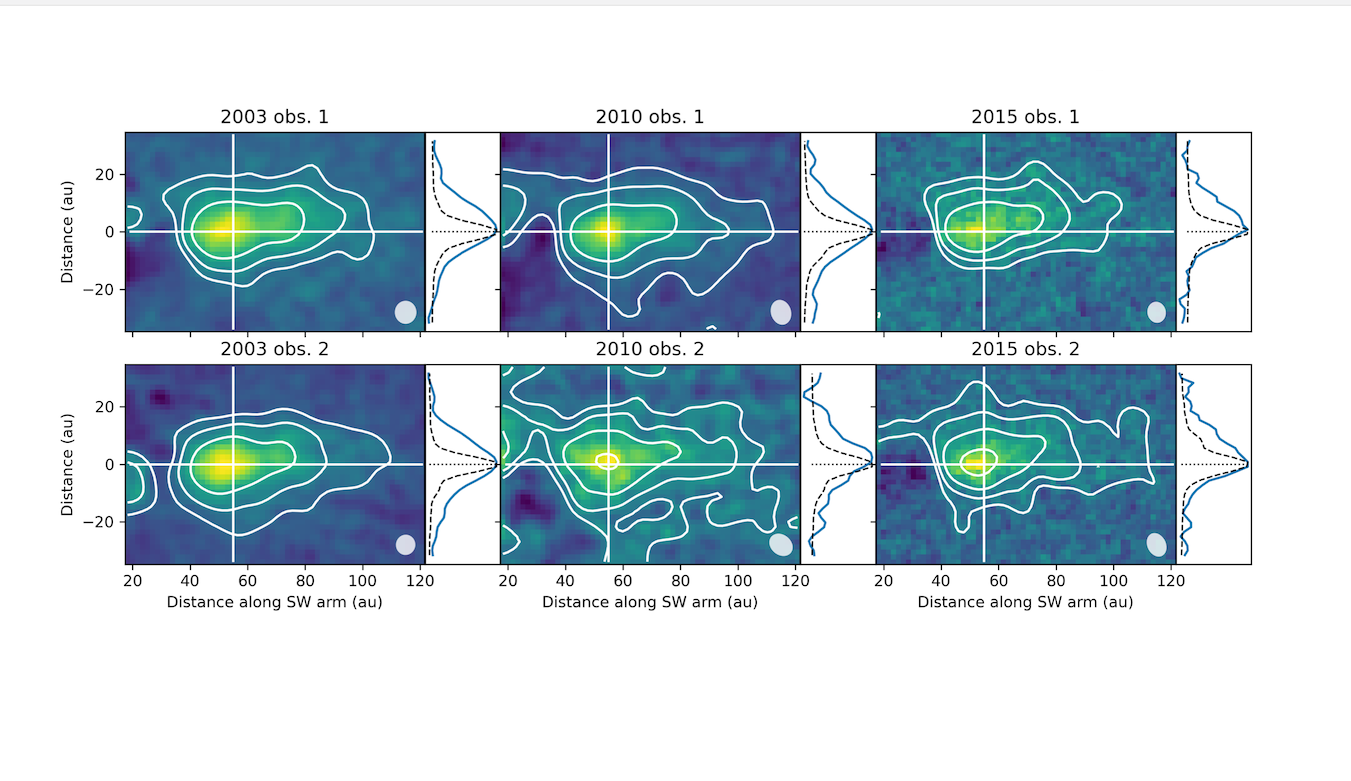
The edge-on debris disk of the nearby young star Beta Pictoris shows an unusual brightness asymmetry in the form of a clump.
The clump has been detected in both the mid-IR and CO and its origin has so far remained uncertain. Here we present new mid-IR observations of Beta Pic to track any motion of the dust clump. Together with previous observations, the data span a period of 12 years.
We measured any projected displacement of the dust clump over the 12-yr period to be 0.2+1.3−1.4 au away from the star based on the median and 1σ uncertainty, and constrain this displacement to be <11 au at the 3σ level. This implies that the observed motion is incompatible with Keplerian motion at the 2.8σ level.
It has been posited that a planet migrating outwards may trap planetesimals into a 2:1 resonance, resulting in the observed clump at pericentre of their orbits that trails the planet. The observed motion is also incompatible with such resonant motion at the 2.6σ level.
While Keplerian motion and resonant motion is still possible, the data suggest that the dust clump is more likely stationary. Such a stationary dust clump could originate from the collision or tidal disruption of a planet-sized body, or from secular perturbations due to a planet that create regions with enhanced densities in the disk.
Yinuo Han, Mark C. Wyatt, William R. F. Dent
Comments: 14 pages, 8 figures, 5 tables. Published in MNRAS
Subjects: Earth and Planetary Astrophysics (astro-ph.EP); Solar and Stellar Astrophysics (astro-ph.SR)
Cite as: arXiv:2301.06891 [astro-ph.EP] (or arXiv:2301.06891v1 [astro-ph.EP] for this version)
Journal reference: MNRAS 519(3), 3257-3270 (2023)
Related DOI:
https://doi.org/10.1093/mnras/stac3769
Focus to learn more
Submission history
From: Yinuo Han
[v1] Tue, 17 Jan 2023 13:57:31 UTC (5,182 KB)
https://arxiv.org/abs/2301.06891
Astrobiology



